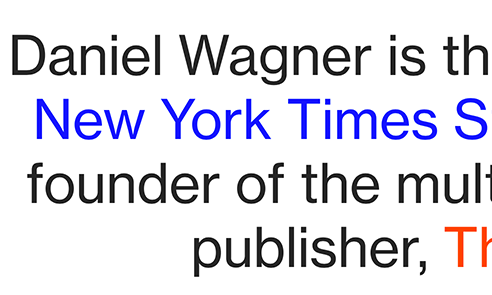

In 1973, Alfred Hoffmann of the Haas type foundry had enough. However, Linotype prevented Haas from producing Helvetica for the now prevalent phototypesetting technology, and as a consequence, Haas was denied any major share of its global success. Haas, a relatively small enterprise depending on cooperation and licensing deals, licensed it to Linotype for worldwide exploitation, who adapted it and turned it into the fabled Helvetica. First presented as Neue Haas Grotesk, in 1957, it was a sensational success. Helvetica had been secretly developed at the Haas Foundry in the mid-1950s, against the will of Stempel, their majority stakeholder. It's the dark side of Helvetica's bright success story. The tragic story of Haas Unica is one of technological progress, economic pressure, corporate powerplay, bad timing, and unfortunate coincidences. And released for a fading technology at a time of transition, it was soon relegated to undeserved obscurity. Unica was the typeface that finally delivered what Helvetica had only promised, at a moment when, in a bizarre twist of fate, no-one was looking.

Some see Unica as the pinnacle of modernist type design, arguably the most modern and the most Swiss typeface: the idea of a «pure medium», a «neutral carrier». Lineto / Team 77 writes: We are proud and honoured to release Unica77, created by Christian Mengelt of Team 77, the original authors of Haas Unica. The underlying thread is a huge fight between Haas and Linotype, with on the Haas side, the Swiss outfits Team 77 and Lineto, and on the Linotype side, the corporate heavyweight. This story is taken from the Lineto web site in 2015, just after the digital revival Unica 77 (Christian Mengelt) was published by them. TYPE DESIGN INFORMATION PAGE last updated on


 0 kommentar(er)
0 kommentar(er)
